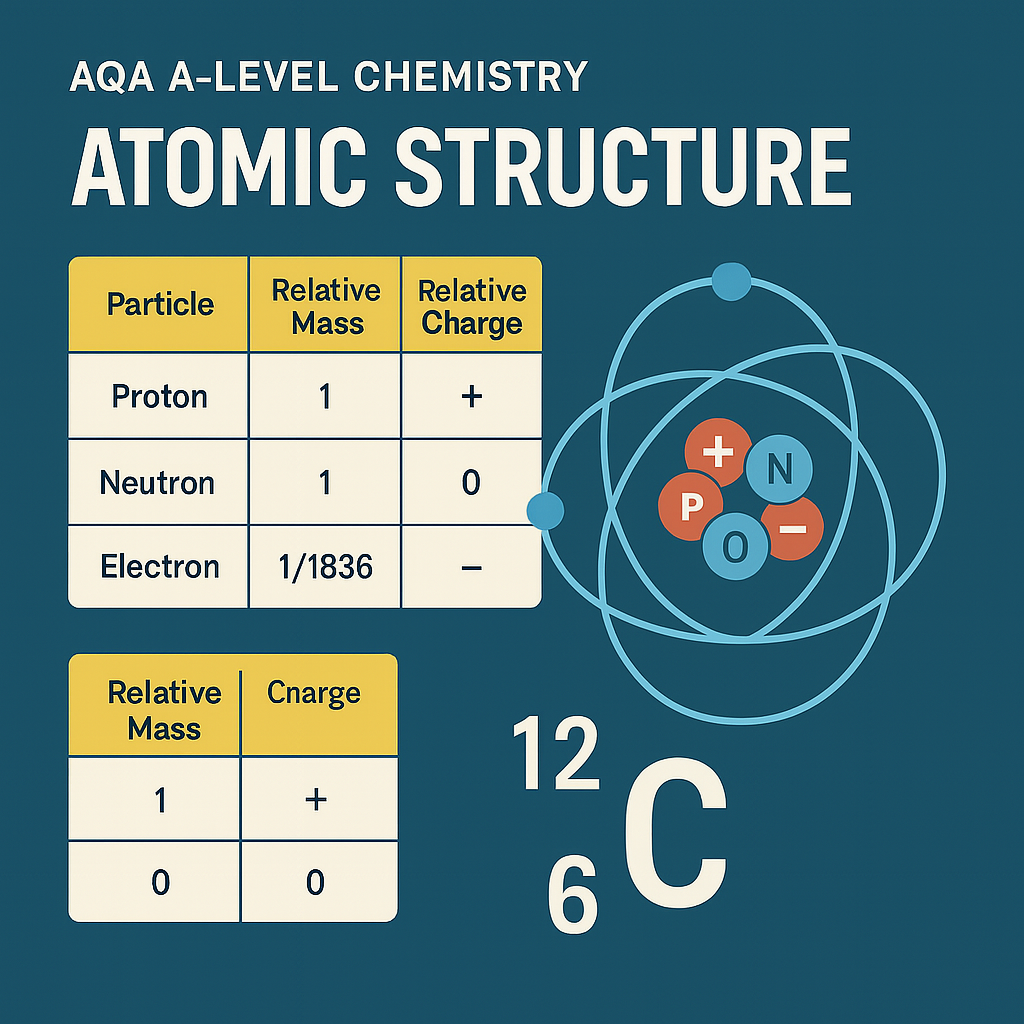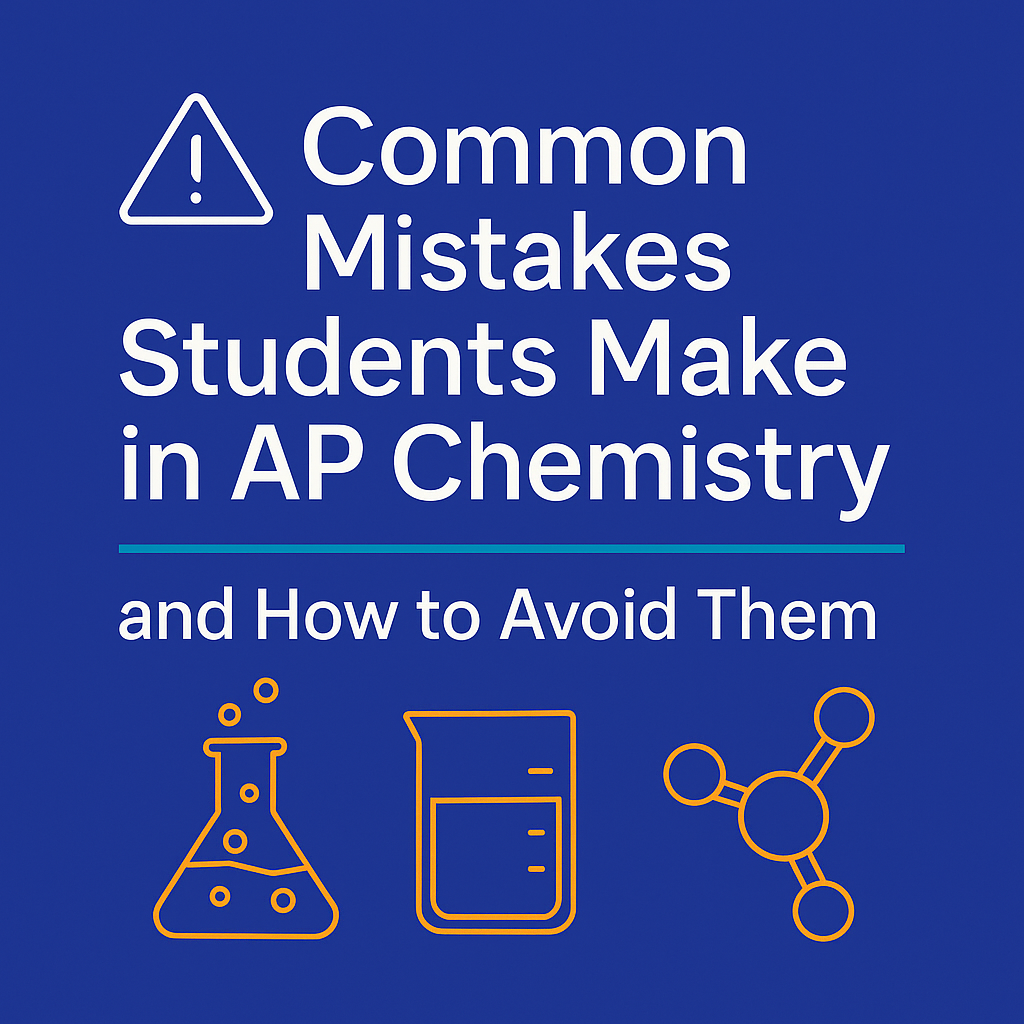How to Write a Strong IB Chemistry IA - 2025 Guide
The updated 2025 Chemistry IA is clearer than ever—but you still need to show precision, insight, and ownership of your investigation.
What’s New in the 2025 IB Chemistry IA?
The 2025 IB Chemistry specification puts more emphasis on scientific thinking, data literacy, and real-world connections. The Internal Assessment still counts for 20% of your final grade, but expectations are now more structured.
Key updates include:
Greater emphasis on uncertainty and data analysis
Personal engagement now means justifying design decisions
Real-world relevance is encouraged
No page limit, but clarity and structure are essential
Clear focus on scientific method and critical thinking
What the Chemistry IA Is Really About
Your Chemistry IA is a student-designed investigation that demonstrates your ability to:
Ask a clear research question
Design and carry out an experiment
Collect and analyse quantitative data
Interpret results with scientific theory
Evaluate your method and findings
Communicate your work like a chemist
IB Chemistry IA Assessment Criteria (2025 Edition)
Assessment Criteria (2025 Edition)
| Criterion | What It Assesses |
|---|---|
| Design | Research question, planning, controls, scientific rationale |
| Data Collection & Processing | Data quality, uncertainties, graphs, analysis |
| Discussion & Conclusion | Interpretation, theory link, critical evaluation |
| Communication | Clarity, structure, formatting, correct chemical language |
Each is scored out of 6, for a total of 24 marks.
Step 1: Choosing a Strong IA Topic
The best topics are:
Focused on one independent variable
Quantitative and measurable
Scientifically explainable
Feasible in a school lab
Avoid:
Comparing commercial products
Overly complex variables
Projects without clear chemical theory
2025-Spec Example IA Topics
2025-Spec Example IA Topics
| Topic Area | Research Question |
|---|---|
| Kinetics | How does ionic strength affect the rate of the thiosulfate-acid reaction? |
| Acids and Bases | How does dilution affect the buffer capacity of citric acid? |
| Electrochemistry | How does H₂O₂ concentration affect cell voltage? |
| Equilibrium | How does adding a common ion affect Fe³⁺/thiocyanate equilibrium? |
| Organic | How does carbon chain length affect alcohol combustion enthalpy? |
| Environmental | How does nitrate concentration in local rivers vary after rainfall? |
👉 Use local or personal context to boost engagement.
Step 2: Framing a Great Research Question
A strong IA question should:
Be focused and specific
Use one independent and one dependent variable
Allow for control of variables
Examples:
✅ “How does temperature affect the decomposition rate of H₂O₂ using MnO₂ catalyst?”
❌ “What affects enzyme activity?” (too vague)
Step 3: Designing the Investigation
Examiners want to see justification and control. Include:
A hypothesis
Rationale for variable selection
Full equipment list
Clear, step-by-step method
Safety and ethics considerations
2025 Tip: Show you’ve thought critically about design—not just followed a worksheet.
Step 4: Data Collection & Processing
Raw Data:
Clear tables with units and uncertainties
Repeated trials
Consistent significant figures
Processed Data:
Calculations with units
Graphs with error bars and best-fit lines
Uncertainty propagation where relevant
Tip: Use tools like Excel, LoggerPro, or Google Sheets for graphs and calculations.
Step 5: Discussion and Conclusion
Explain what your data shows using chemical principles.
Include:
Trend analysis (quantitative and qualitative)
Connection to theory (activation energy, collision theory, etc.)
Explanation of anomalies or unexpected results
Specific evaluation of method (not just “human error”)
Conclusion must:
Directly answer your research question
Refer to specific data
Include a confidence level in your findings
IB Chemistry IA Structure (2025)
Title and Research Question
Introduction and Hypothesis
Design and Justification
Safety and Ethics
Method and Materials
Raw Data Table(s)
Processed Data + Graphs
Discussion and Interpretation
Conclusion and Evaluation
References
Appendix (if needed)
💡 How to Show Personal Engagement (2025)
You don’t get marks for enthusiasm—you get marks for showing ownership and agency.
Do this by:
Choosing a topic with real relevance to you
Justifying your experiment choices
Explaining how you responded to challenges
Example:
“As someone interested in pharmacology, I explored how pH affects aspirin hydrolysis. I adjusted the procedure after an early trial revealed inconsistent timing.”
⚠️ Common Mistakes and How to Fix Them
Common Mistakes and Fixes
| Mistake | Fix |
|---|---|
| Vague research question | Focus on one measurable variable |
| No control variables | Identify and hold variables constant |
| Poor graph labels | Always include axis titles, units, and legends |
| No link to theory | Explain results using IB syllabus concepts |
| No reflection in conclusion | Discuss anomalies, limitations, and confidence level |
| “Human error” as evaluation | Be specific about uncertainty sources |
Final IA Checklist (2025)
Focused, quantitative research question
Justified method with controlled variables
Clear tables with uncertainties and trials
Graphs with error bars and labels
Trends explained with theory
Thoughtful, evidence-based evaluation
Structured, formal, scientifically written
Personal engagement demonstrated
6–12 pages of focused content
Referenced sources included
Example Mini IA: 2025 Style
Title: The Effect of pH on the Rate of the Iodine Clock Reaction
Research Question: How does pH affect the time taken for colour change in the iodine clock reaction?
Method:
Buffers used to control pH (3 to 7)
Stopwatch used for timing
Repeat each trial 3x
Processing:Time plotted against pH
1/time calculated for rate
Error bars added
Conclusion:Rate increases as H⁺ concentration increases
Consistent with collision theory
Minor fluctuations due to manual timing
Final Thoughts
The updated 2025 Chemistry IA is clearer than ever—but you still need to show precision, insight, and ownership of your investigation.
Choose a good question. Justify your design. Analyse with care. Reflect honestly. Present your thinking like a scientist.
Need help crafting or refining your IB Chemistry IA?
Dr Marguerite Quinn is an experienced IB Chemistry tutor with a PhD in Chemistry and 3,470+ hours of teaching expertise. She offers personalised support on IA topic selection, structure, analysis, and review.
Book a 15-minute consultation to talk about how you can support youn in achieving a top score in your Chemistry IA.





Understand AQA A-Level Chemistry Section 3.1.1.2 on mass number and isotopes. Learn key definitions, isotope notation, calculations, and how this topic builds your scientific and exam skills.